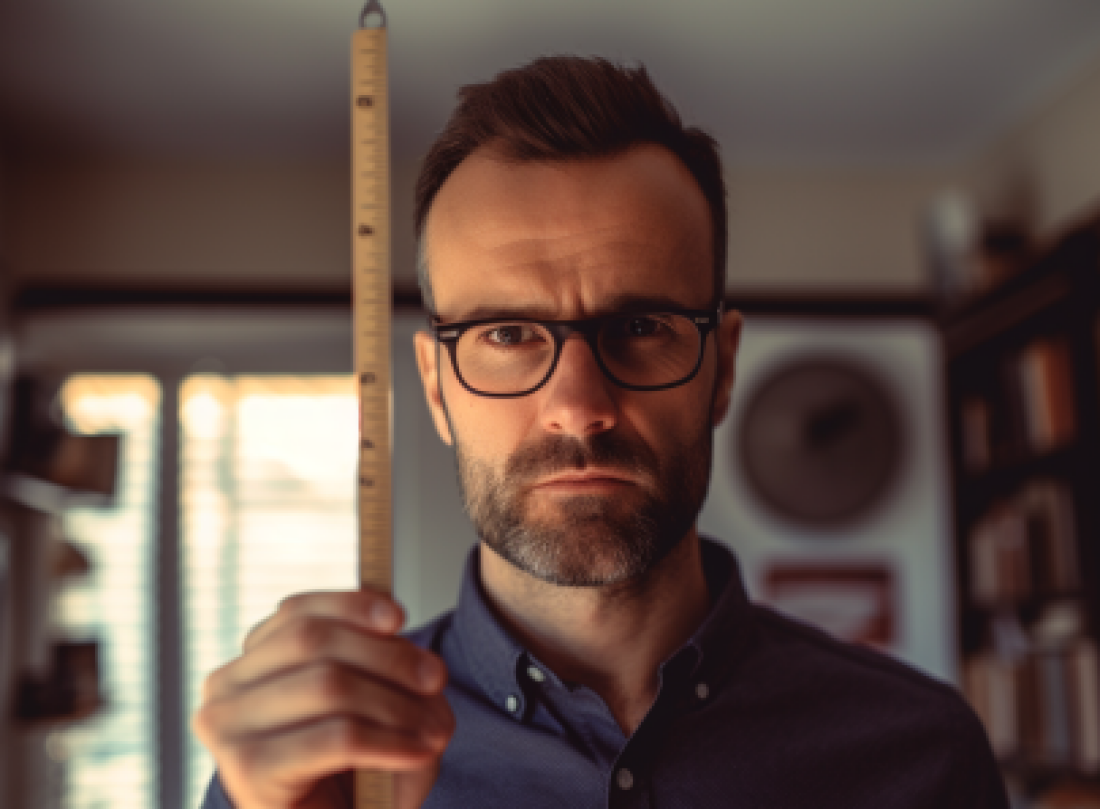Why identify your face shape?
Your face shape plays a significant role in determining the best hairstyles and even accessories that suit you. That’s why in this article, we’re going to breakdown how to tell what face shape you have
By measuring your facial structure, you can determine whether you have:
- Oval face shape
- Diamond face shape
- Oblong face shape
- Round face shape
- Heart face shape
- Square face shape
- Triangle face shape
Calculating your facial structure can be done in a few simple steps that involve measuring the width of your forehead, cheekbones and jawline to find your particular facial type. Once you have found out your facial type or shape, it becomes easier to find haircut styles and hairstyle options that complement your unique features.
Understanding why it’s important to find out what type of facial shape or structure you have is just the first step in ensuring that every feature on your head works together perfectly.
Face Shape Chart
Everyone has different face shapes, as illustrated in the chart below. If you’re unable to determine your face shape at a glance or find it challenging to discern whether you lean more towards roundness or squareness, worry not! We’ll guide you through a precise and comprehensive method to measure your face and identify your unique face shape.
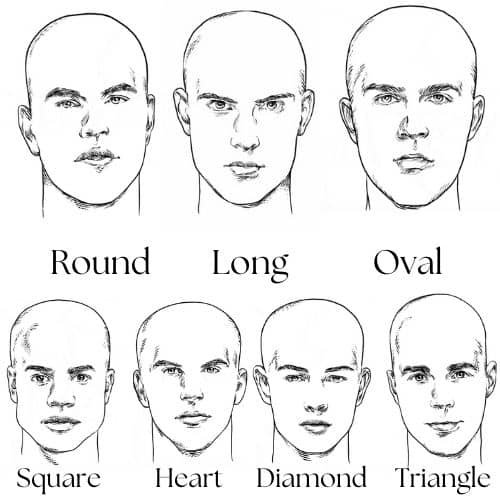
Steps For Measuring Your Face Shape:
Determining your face shape is the first and most important step in choosing a haircut or hairstyle that will flatter your features. You’ll need a good measuring tape or ruler for the next part. Here are the steps to take to find your face shape:
Measure Your Face Length
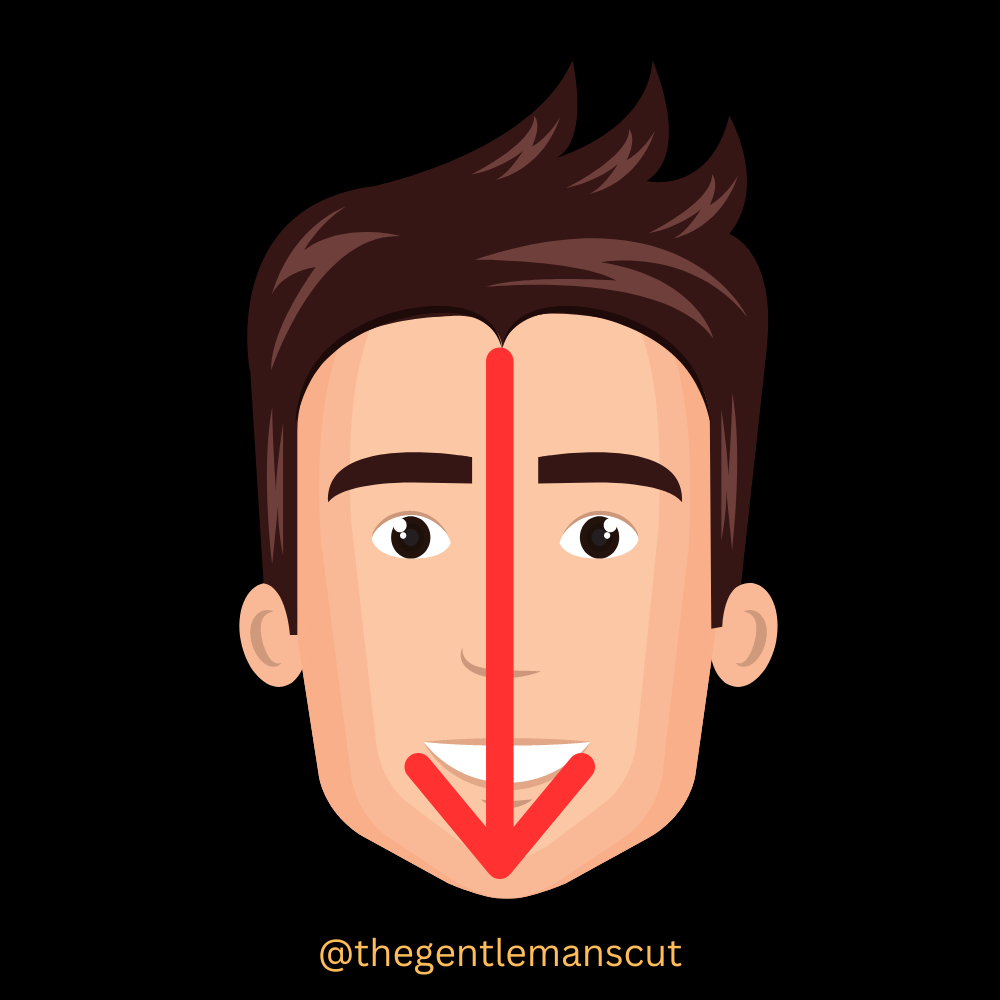
- Locate the highest point of your forehead, typically where your hairline begins.
- Place measuring tape or ruler at the center of your hairline and extend it down vertically to the tip of your chin.
- Keep the measuring tape or ruler straight and taut against your face.
- Read the measurement where the tape or ruler reaches the tip of your chin.
Measure Your Forehead
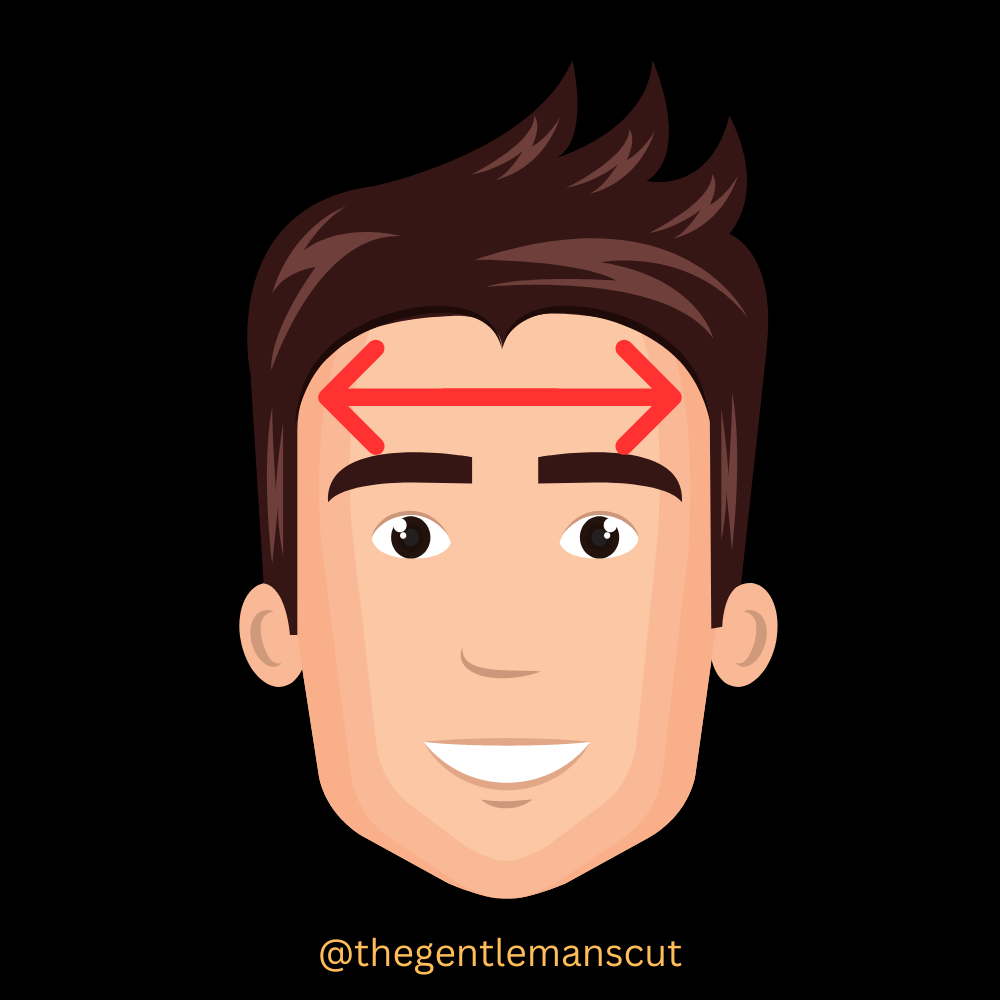
- Prepare a flexible measuring tape or a piece of string and a ruler.
- Start by pulling your hair back away from your face, ensuring that your forehead is fully exposed.
- Locate the widest part of your forehead. This is typically found just above your eyebrows.
- Take the measuring tape or string and place it horizontally across your forehead, from one temple to the other. Ensure that it sits just above your eyebrows.
- Note down the measurement or mark the string where it reaches the other temple.
- If you used a string, measure its length with a ruler.
- The measurement you obtained represents the width of your forehead.
Measuring Your Cheekbones
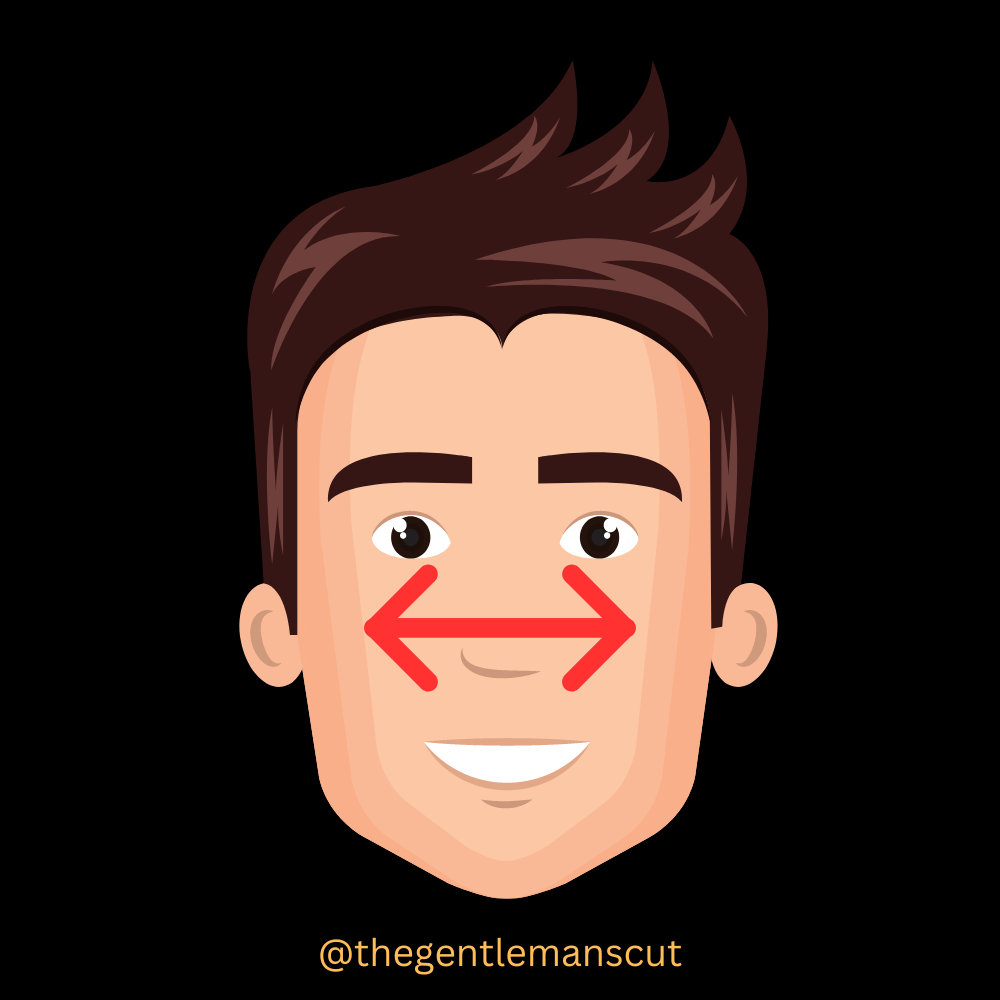
- Locate the highest point of each cheekbone. This is usually the point where the bone is most prominent.
- Take a flexible measuring tape or a ruler and position it horizontally across your face, just below your eyes, aligning it with the highest points of your cheekbones.
- Ensure that the measuring tape or ruler is straight and parallel to the ground.
- Read the measurement where the tape or ruler reaches on both sides.
Measure Your Jawline
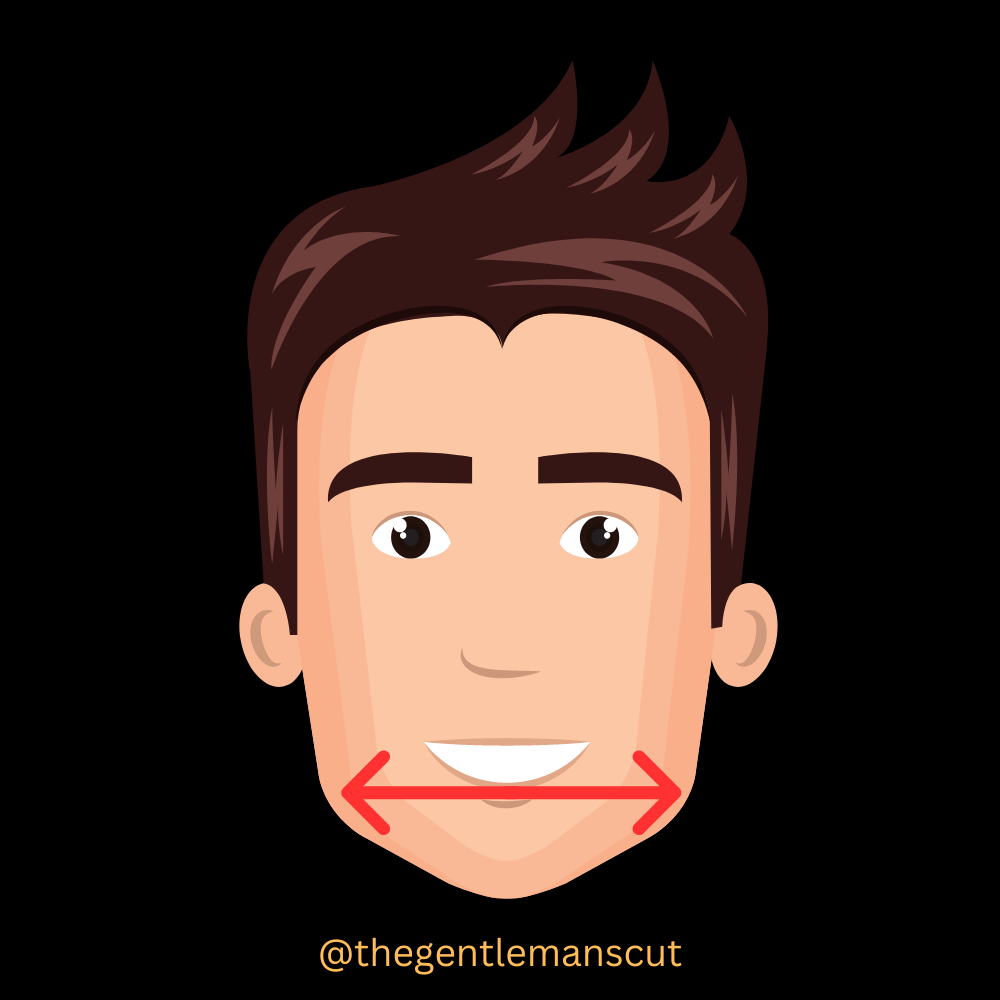
- Locate the widest point of your jawline. This is typically at the bottom of your jawbone, near your ears.
- Take a flexible measuring tape or a ruler and position it horizontally across your face, just below your ears, aligning it with the widest point of your jawline.
- Ensure that the measuring tape or ruler is straight and parallel to the ground.
- Read the measurement where the tape or ruler reaches on both sides.
By following these steps for measuring and calculating your facial dimensions accurately, you can find out what type of facial shape you have with certainty. Knowing this information will make it easier for you to choose the best haircuts and hairstyle options that complement your unique look perfectly!
Diamond Face Shape
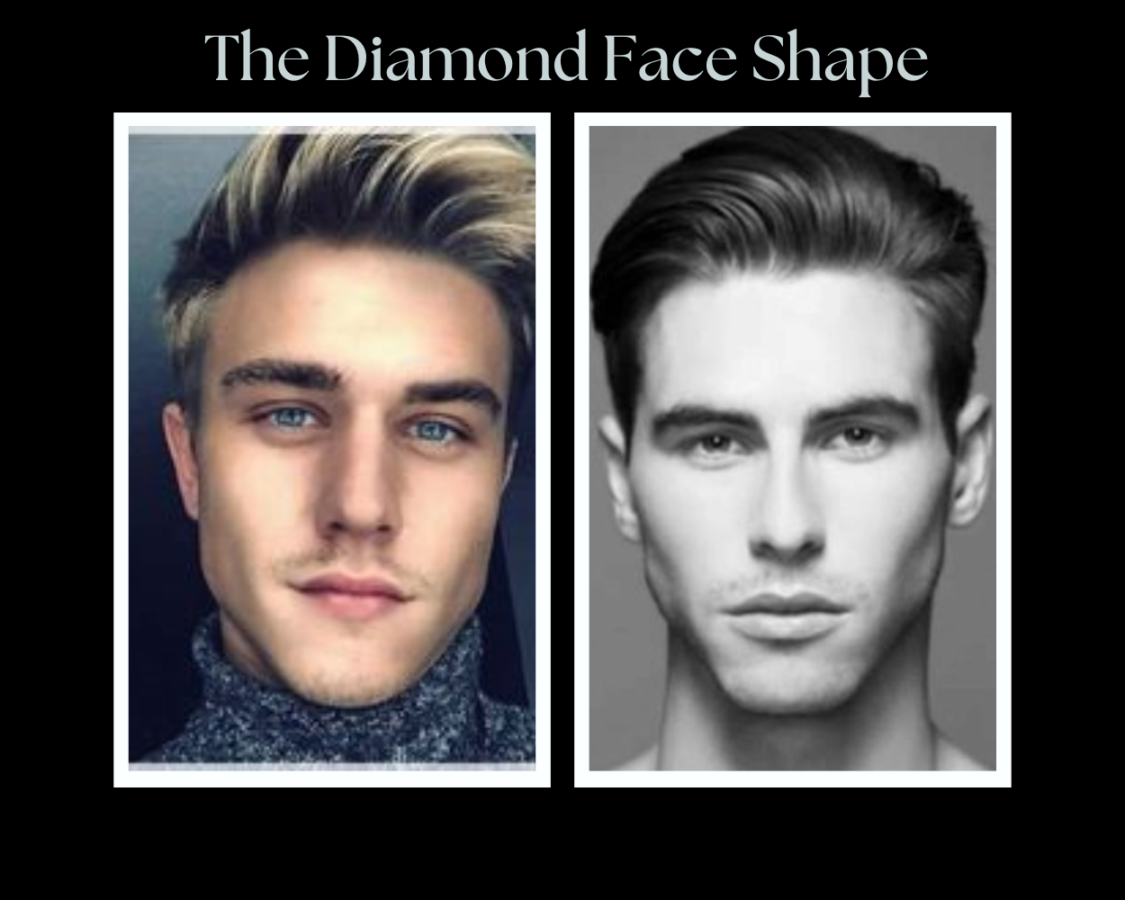
The diamond face shape is characterized by a narrow forehead and jawline, with the widest part of the face being the cheekbones. This is a rare facial shape, but it looks very defined and striking in appearance.
To determine if you have a diamond face shape, follow these general guidelines:
- Face Length: The face length of a diamond face shape is typically longer than it is wide. It has a slightly elongated appearance.
- Forehead: The forehead of a diamond face shape is usually narrower compared to the cheekbones. It may have a slightly angular or straighter shape.
- Cheekbones: The cheekbones in a diamond face shape are often the widest part of the face. They are prominent and well-defined.
- Jawline: The jawline of a diamond face shape is typically narrower than the cheekbones and may have a more angular or tapered appearance.
- Chin: The chin in a diamond face shape is usually more pointed or narrower, contributing to the diamond-shaped appearance of the face.
Heart Face Shape
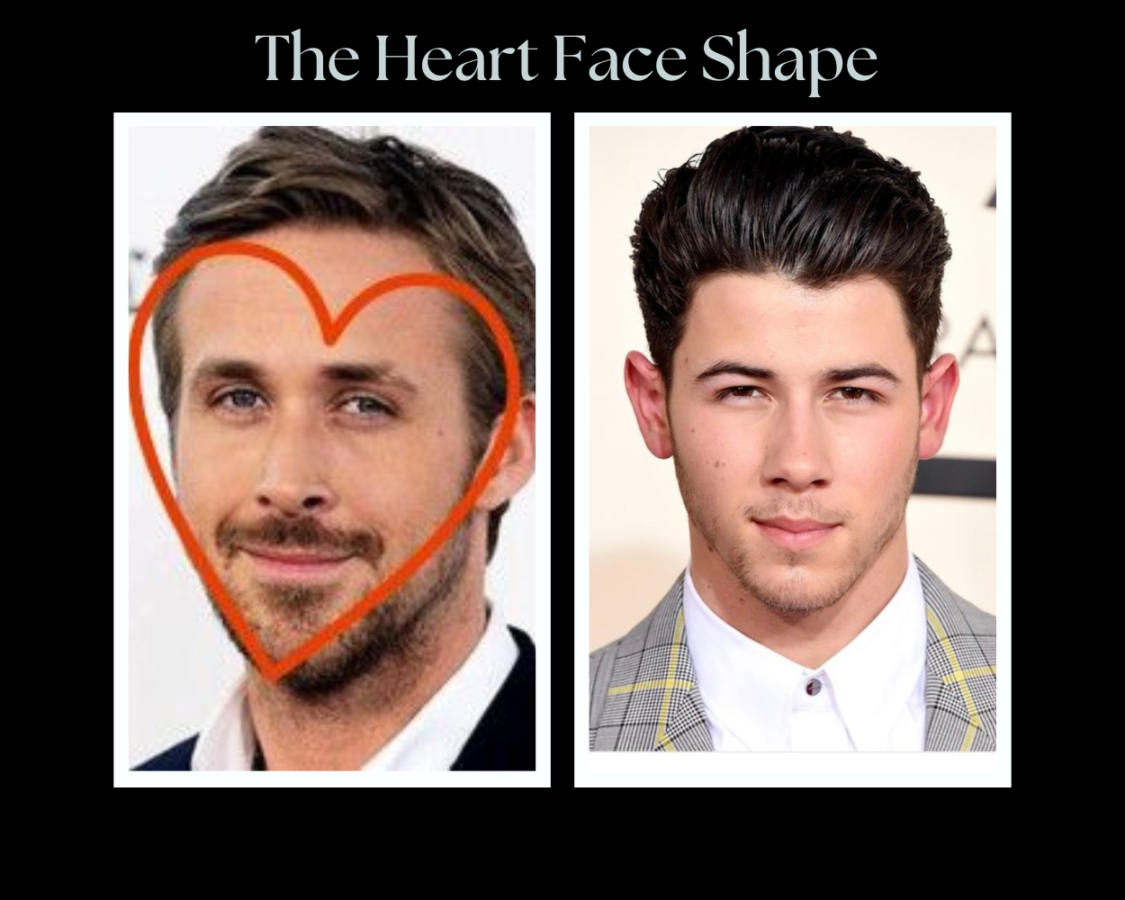
The heart face shape is characterized by a wide forehead, high cheekbones, and a narrow pointy chin. It can often be confused with the inverted triangle face type, which has similar features but a wider jawline.
To determine whether you have a heart face shape, follow these general guidelines:
- Forehead: The forehead of a heart face shape is typically wider and broader compared to the chin. It may have a gentle curve or be more rounded.
- Cheekbones: The cheekbones in a heart face shape can be prominent, positioned higher on the face. They contribute to the overall width of the upper face.
- Jawline: The jawline of a heart face shape is narrower and tapers down to a more pointed or narrow chin. The jawline may have a softer curve rather than strong angles.
- Chin: The chin in a heart face shape is usually narrower and more pointed, forming the bottom part of the heart shape.
Square Face Shape
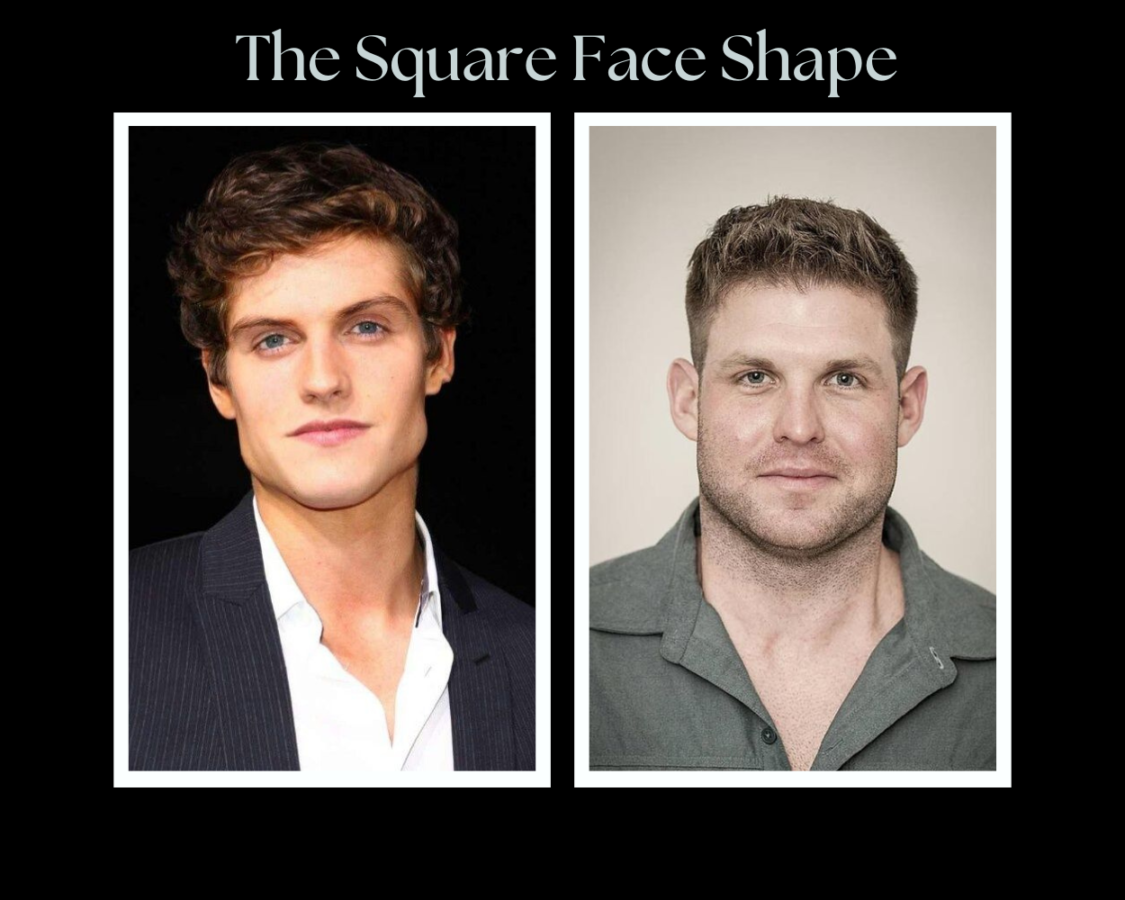
A square face shape is characterized by a strong jawline and a straight forehead. If you have a square face shape, your facial width and length will be roughly equal.
To determine if you have a square face shape, follow these general guidelines:
- Face Length: The length and width of a square face shape are generally similar, resulting in a more angular appearance.
- Forehead: The forehead of a square face shape is often straight and has a width that is comparable to the width of the jawline. It may appear more horizontally flat across the hairline.
- Cheekbones: The cheekbones in a square face shape are usually prominent and well-defined. They contribute to the squared appearance of the face.
- Jawline: The jawline of a square face shape is typically strong and angular, forming a horizontal line. It may have a squared-off or slightly rounded shape.
- Chin: The chin in a square face shape tends to be more defined and square in appearance, aligning with the straightness of the jawline.
Oval Face Shape
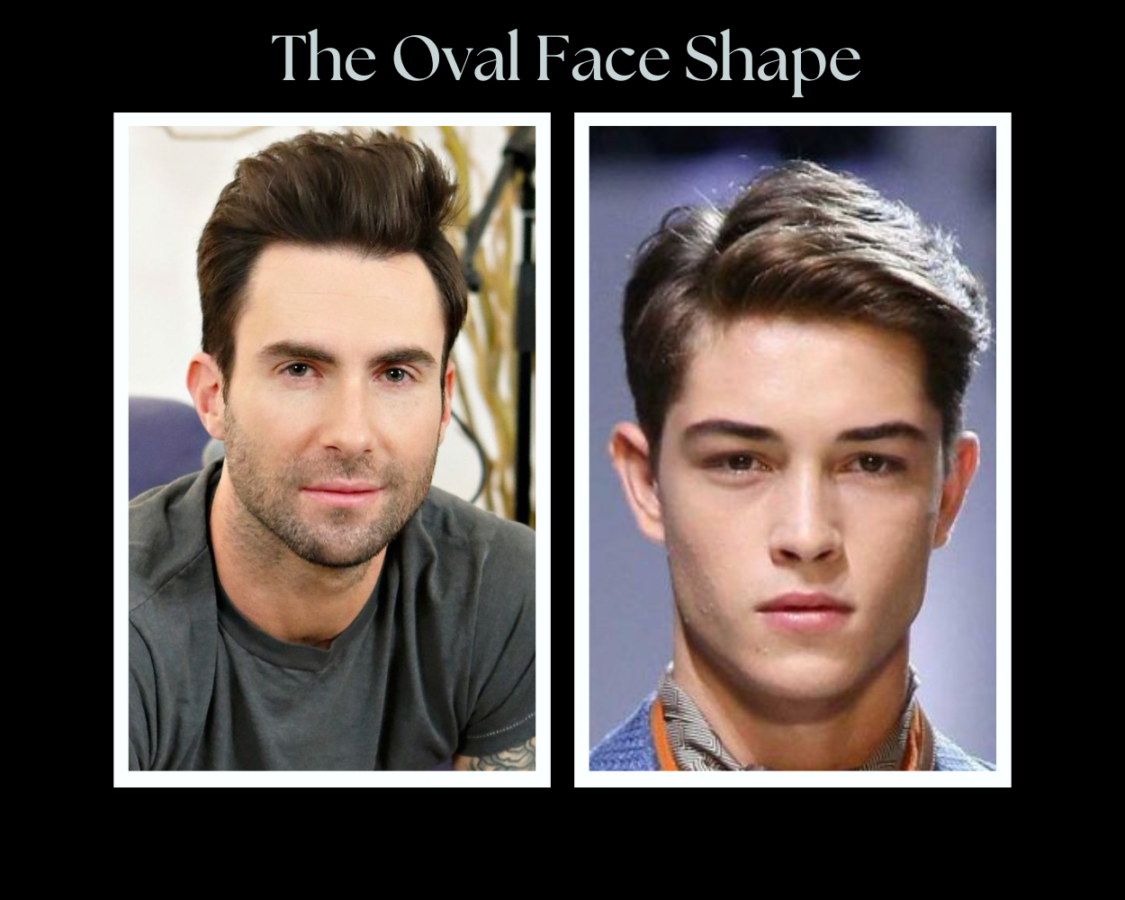
If you have an oval face shape, you are in luck, as it is considered the most versatile face shape.
To determine if you have an oval face shape, follow these guidelines:
- Face Length: The length of an oval face shape is generally longer than the width. It has a slightly elongated appearance.
- Forehead: The forehead of an oval face shape is usually slightly wider than the chin. It gently tapers towards the cheeks without prominent angles.
- Cheekbones: The cheekbones in an oval face shape are often the widest part of the face. They have a balanced and symmetrical appearance.
- Jawline: The jawline of an oval face shape is soft and rounded. It blends smoothly into the cheeks without sharp angles.
- Chin: The chin in an oval face shape is slightly narrower compared to the forehead. It can be rounded or softly pointed.
Round Face Shape
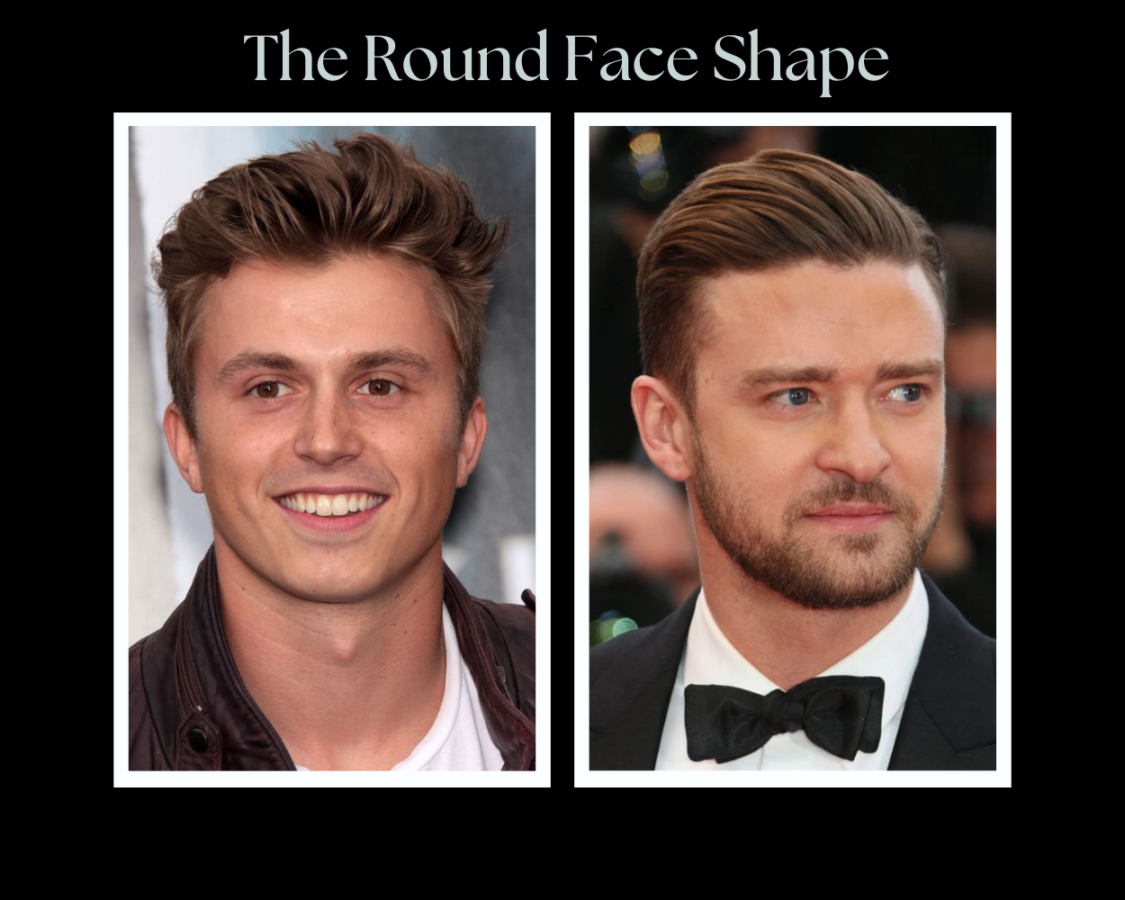
The round face shape is characterized by the absence of sharp angles and a width that is almost the same as its length. If you have a round face, your forehead, cheekbones, and jawline are of almost equal width.
The best way to determine if you have a round face shape is by measuring your facial structure.
- Face Length: A round face shape tends to have relatively equal measurements for the width and length of the face. The face appears more circular and lacks prominent angles.
- Cheekbones: The widest part of a round face shape is often the cheekbones. They contribute to the rounded appearance and are positioned closer to the ears.
- Jawline: The jawline of a round face shape is typically softer and less defined. It curves gently from the ear to the chin without prominent angles.
- Chin: The chin in a round face shape is usually softer and less pointed. It aligns with the curve of the jawline rather than protruding or tapering significantly.
Triangle Face Shape
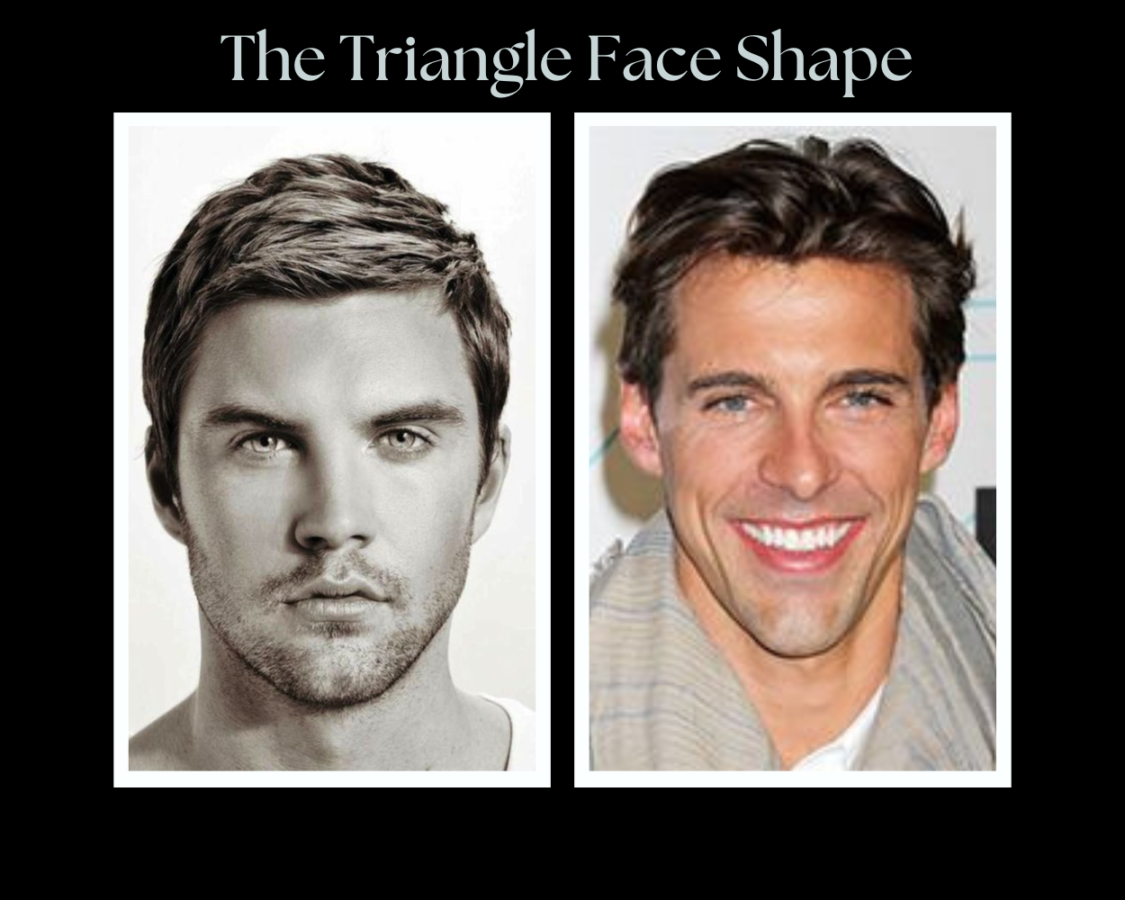
The triangle face shape is also known as the pear-shaped face. People with this face shape have a narrow forehead and a broad jawline that gives them a triangular appearance. The cheekbones are usually high, and the chin is often pointy.
This facial structure can be challenging to style, but with the right hairstyle options, you can accentuate your best features. To find your face shape, you need to measure it accurately.
Start by measuring across your forehead at its widest point and then measuring from the tip of your hairline to the bottom of your chin. Then, measure across your jawline at its widest point and record all three measurements.
- Forehead: The forehead of a triangle face shape is usually narrower compared to the cheekbones and jawline. It may appear more angular or straighter across the hairline.
- Cheekbones: The widest part of a triangle face shape is often the cheekbones. They can be prominent and wider than both the forehead and jawline.
- Jawline: The jawline of a triangle face shape tends to be narrower compared to the cheekbones. It may have a softer curve or a more tapered appearance.
- Chin: The chin in a triangle face shape is usually more pointed or narrower, contributing to the triangular appearance of the face.
Oblong Face Shape
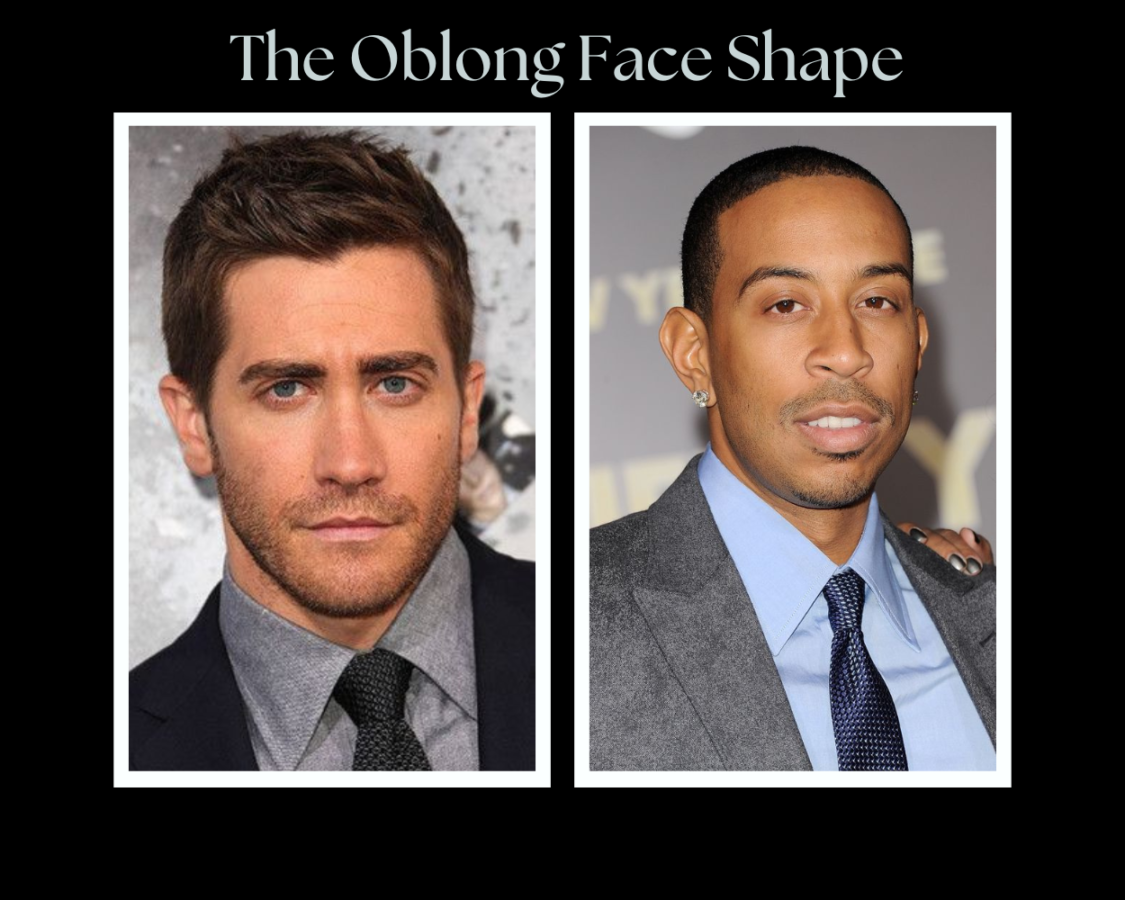
An oblong face shape is a long, narrow face with a high forehead and prominent chin.
Those with an oblong face shape often struggle to add width or roundness to their face through hair styling. A key factor in determining your face shape is the length-to-width ratio of your facial structure; for those with an oblong face type, this ratio will be higher than 1.5:1.
To see if you have an oblong face shape, follow these general guidelines:
- Face Length: The face length of an oblong face shape is usually longer than it is wide. The face has a more elongated appearance.
- Forehead: The forehead of an oblong face shape is often similar in width to the cheekbones. It may have a slightly rounded or straighter shape.
- Cheekbones: The cheekbones in an oblong face shape are typically less prominent compared to other face shapes. They contribute to the overall width of the face.
- Jawline: The jawline of an oblong face shape is usually soft and rounded. It may not have strong angles or be as pronounced.
- Chin: The chin in an oblong face shape is generally proportionate to the forehead and cheekbones. It may have a slightly rounded or pointed shape.
What Next?
Now that you have identified your face shape, you may be wondering what’s next. The good news is that with your newfound knowledge, you can make more informed decisions about hairstyles and accessories that will flatter your face shape.
Check out our other in-depth face shape articles so you can choose the perfect hairstyle to complement your face shape!
- Diamond Face shape
- Heart Face Shape
- Square Face Shape
- Oval Face Shape
- Round Face Shape
- Triangle Face Shape
- Oblong Face Shape
Conclusion
Determining your face shape can seem overwhelming at first, but with the right tools and knowledge, it can be a breeze.
Now that you have learned how to measure your face shape and identify the various types of facial structures, you can now feel more confident in selecting hairstyles that best suit your unique features.
Remember that finding your ideal haircut is not only about matching current trends or personal preference but also about adapting to the natural contours of your facial type.
By understanding how to determine your face shape and taking versatile hairstyles into account when selecting a cut or style, you can enhance your natural beauty while embracing your unique facial structure. So go ahead and experiment with different looks to find what works best for you!

